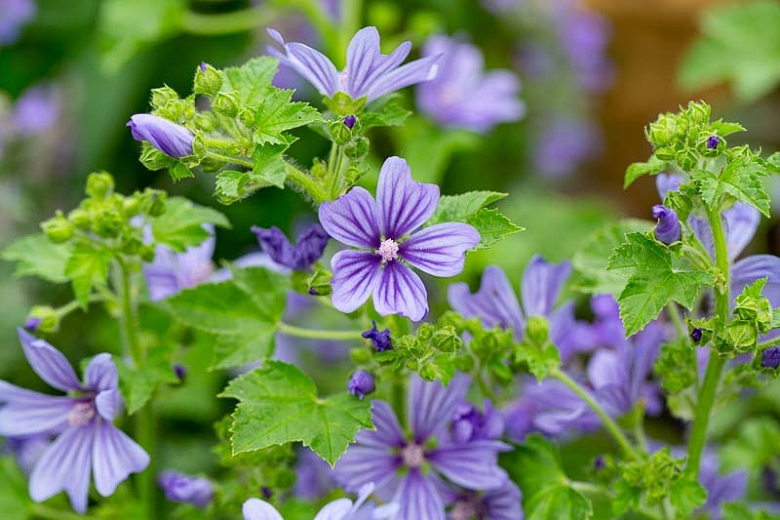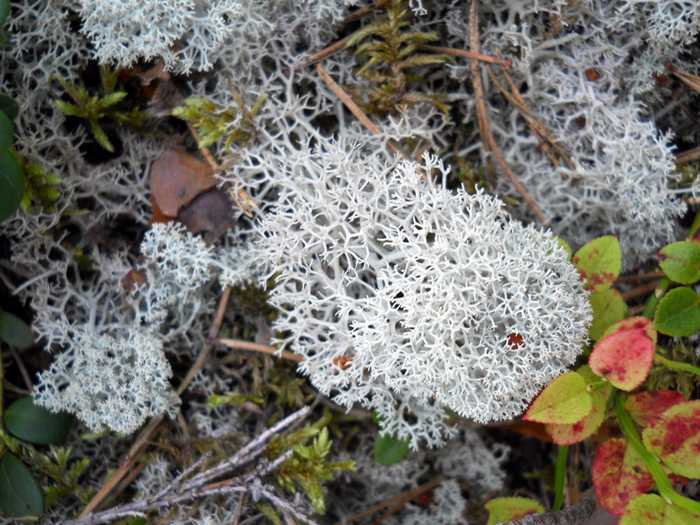Traditional treatments for snakebites vary. A 2012 article in the African Journal of Traditional, Complementary and Alternative Medicines commented on the treatment of snakebites in other continents, including in Madhya Pradesh, India where one solution is to apply black pepper and root paste from the Sahasmuria (Elytraria acaulis) plant to the wound.
Being well-versed in first-aid treatment for snakebites is not top-of-mind for most Canadians and Estonians. However, it prompted a question: what are some plant-based remedies that Estonians have traditionally used to treat ailments?
Kibuvitsamarjad (rose hips): This fruit comes from the rose plant, reaching its prime from the end of summer into the beginning of autumn. You'll notice their rich colour: usually a deep red, but also sometimes orange or purple. The oval-shaped hips are about the diameter of a staple and have curly green bits at the end. The bushes have prickly thorns.
One notable place you can find rose hips is on Prangli Island, situated northeast of Tallinn. Prangli Travel describes how “In traditional medicine, it is known for its high vitamin concentration used to strengthen the body and fight fatigue. Rose hip also fights viral diseases and blood vessel clogging. The berries can be used for tea and jam which are rich in vitamin-C.”
To make rose hip jam, the optimum time to pick them is after the first instance of frost in late autumn. Once they are picked, halve them, scrape the seeds out, and boil them in water. Once a boil has been achieved, simmer the combination for around an hour, before pressing it through a sieve into a jar and adding sugar to taste.
Rose hips are present in Canada, too. Field botanist Susan J. Meades notes that this fruit can be found from Nova Scotia all the way west to Saskatchewan and across Ontario from the southern end of the province up to James Bay.

Mauri kassinaeris (mallow, or Malva sylvestris): This plant's flowers have five bright purple petals with contrastingly dark lines stretching out from our view of the stigma in the middle. The plant's stems grow from just below a metre to nearly two and a half metres in height.
Proponents of consuming mallow often point to Pliny the Elder's advice to drink juice made from the flower as a cure for all ailments. Thus, it became known as an “Omnimorbia” in Latin. In other words, a cure for everything.
Regardless, the flower has been used by Estonians to address coughing as well as to soothe irritated mouths and throats after it was boiled in water and combined with honey. Apart from medicinal uses, it also has a wonderful blue colour in one's mug.

Pihlakas (rowan): In their 2005 research paper “Plants in Estonian Folk Medicine: Collection, Formation and Overview of Previous Research”, ethnobotanist Dr. Renata Sõukand and Estonian pharmacologist Dr. Ain Raal indicated, based on folklorist Herbert Tampere's investigations, that the flowers of rowan trees were used internally by the Estonian people as a treatment for ophthalmic diseases (pertaining to the eye). Tampere determines that this remedy was used back in the 1700s. In Estonian folk religion, the rowan tree has been attributed with the power to protect homes from lightning strikes.
Rowan trees can be found in Estonia on the edges of forests, identifiable through their pairs of jagged leaves, adding up between five and eight pairs. You can also identify them from their purple buds.
Each rowan flower has five white petals, with an abundant array of filaments and anthers on their ends. Rather than being solitary, the flowers are visible in plumes coming off the branches. These blooms show up in the transition from spring to summer.
The round red berries of the rowan tree, on the other hand, become ripe in early fall. British charity The Conservation Volunteers recommends that one should cook the berries before eating them, so that you don't consume toxic parasorbic acid.

Põdrasammal (Icelandic moss, or Cetraria islandica): Despite its English name and the translation from Estonian to “elk moss”, Cetraria islandica is actually a type of lichen. Moss is a plant, while lichens are combined organisms; a fusion of fungi and algae. Ranging in colour from light grey to brown, you can find it on the ground and scattered rocks of well-drained pine forests.
Moose/elk enjoy snacking on the crunchy lichen, and humans have found their own edible applications for it over time, despite its bitter taste: for instance, augmenting the flavour of schnapps or simply boiling it before consumption.
Põdrasammal possesses anti-inflammatory qualities, and so, like mallow, the lichen has been used to make a tisane (an infusion) that fights colds and coughs when slurped up. Though, this lichen is very good at absorbing pollutants, so consuming it could be risky.
Certainly, before attempting to forage and consume any of these remedies, consult with an expert who can advise whether you're collecting the correct plant or fruit.
While we will likely opt for modern medicinal or pharmaceutical approaches to treating our ailments instead, comparing these with plant-based remedies helps us understand our own health more, and shows how the solutions of the past inform the medicine of today.
This article was written by Vincent Teetsov as part of the Local Journalism Initiative.




